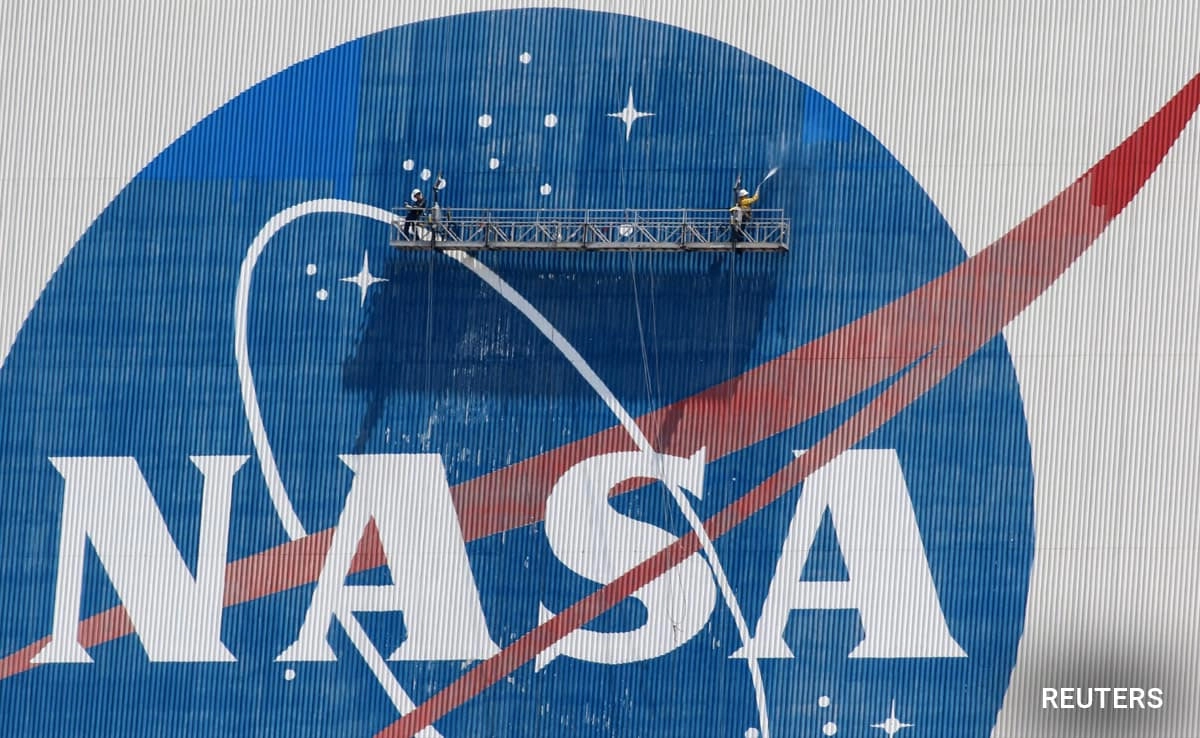NASA is facing a significant reduction in its workforce, with projections indicating that the agency will lose about 20 percent of its employees in the coming years. This decision stems from a combination of budget constraints and shifts in project priorities that have compelled the agency to reevaluate its staffing needs. As NASA embarks on ambitious missions, including returning humans to the Moon and exploring Mars, the need for a streamlined and efficient workforce becomes paramount. However, the impending layoffs raise concerns about the long-term impacts on the agency’s capabilities and its ability to meet its strategic goals.
The workforce reduction is expected to affect various departments within NASA, impacting not only the scientists and engineers but also administrative and support staff. While the agency has emphasized that it will seek to minimize the effects of these layoffs through voluntary retirement programs and attrition, the reality is that many skilled professionals will be leaving the agency. The potential loss of institutional knowledge and expertise could pose challenges, particularly as NASA strives to innovate and push the boundaries of space exploration. This reduction comes at a time when technological advancements and competition in the aerospace sector are more intense than ever, making the need for a robust workforce even more critical.
Moreover, the decision to downsize the workforce has raised questions about the agency’s future direction and its commitment to maintaining a strong presence in space exploration. As NASA prepares for its Artemis program, which aims to land the first woman and the next man on the Moon, there is a palpable concern regarding whether the agency will be adequately staffed to handle such monumental tasks. Stakeholders, including scientists and policymakers, are advocating for a more sustainable funding model that would allow NASA to retain its talent pool while pursuing its ambitious goals.
In summary, while the workforce reduction at NASA is a strategic move aimed at adapting to financial realities and evolving mission requirements, it brings with it a host of challenges that could impact the agency’s long-term viability and success. Ensuring that NASA can continue to inspire innovation and lead in space exploration will require careful planning, investment in talent retention, and a commitment to fostering a diverse and skilled workforce. As the agency navigates this transition, the focus will need to remain on its core mission: advancing humanity’s understanding of space and our place in the universe.




